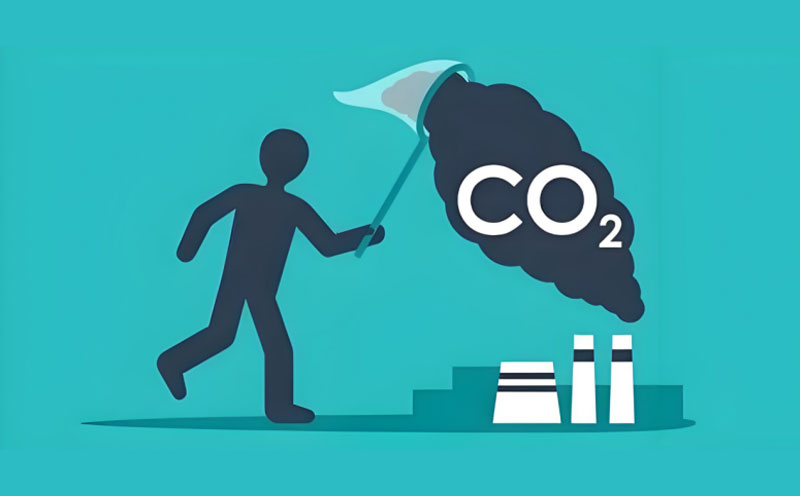Carbon capture system, abbreviated as CCS technology, is a key technological approach aimed at minimizing the impact of carbon dioxide (CO ₂) on global climate change. This technology can reduce CO ₂ emissions while maintaining existing carbon based infrastructure. The carbon capture system mainly includes three main parts: CO ₂ capture, carbon transport, and carbon sequestration.
CO ₂ capture:
·The capture process begins with the separation of CO ₂ from the emission source, including pre combustion capture technology, oxygen enriched combustion capture technology, and post combustion capture technology.
·Pre combustion capture technology separates CO ₂ from fossil fuels before combustion.
·The oxygen enriched combustion capture technology involves burning fossil fuels in pure oxygen or oxygen enriched environments, and then separating CO ₂.
·The post combustion capture technology separates CO ₂ from the flue gas produced after the combustion of fossil fuels, using methods such as chemical absorption, physical absorption, adsorption, and membrane separation.
Carbon transportation:
Carbon transportation technology is relatively mature, mainly using two methods: pipeline transportation and canned transportation.
Carbon sequestration:
The sequestration process involves pressurizing captured CO ₂ into supercritical fluid and transporting it to suitable geological structures, such as mature or depleted gas fields, deep saline alkali aquifers, or abandoned coal seams. At these depths, CO ₂ is permanently sequestered to prevent its leakage into the atmosphere.
Cost considerations: With the advancement of technology and the reduction of costs, CCS technology is expected to play a greater role in the future




